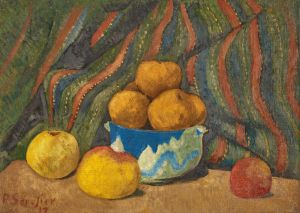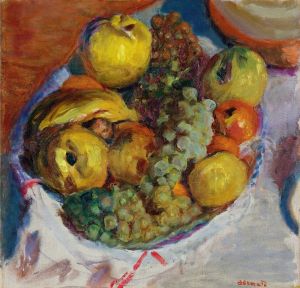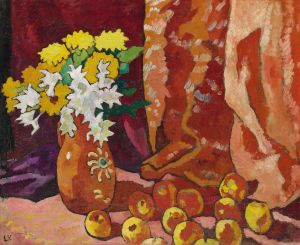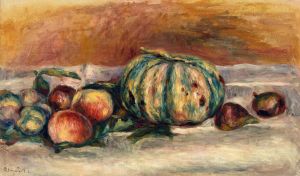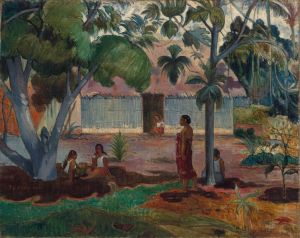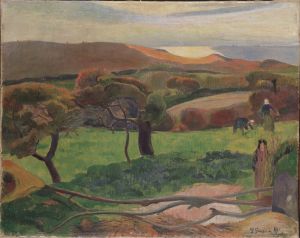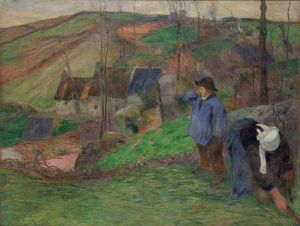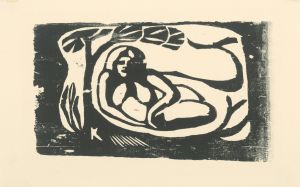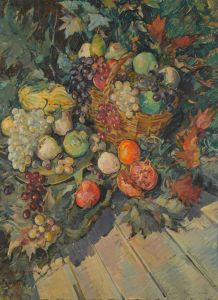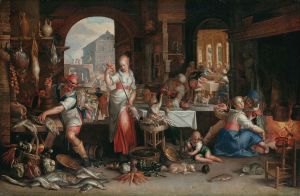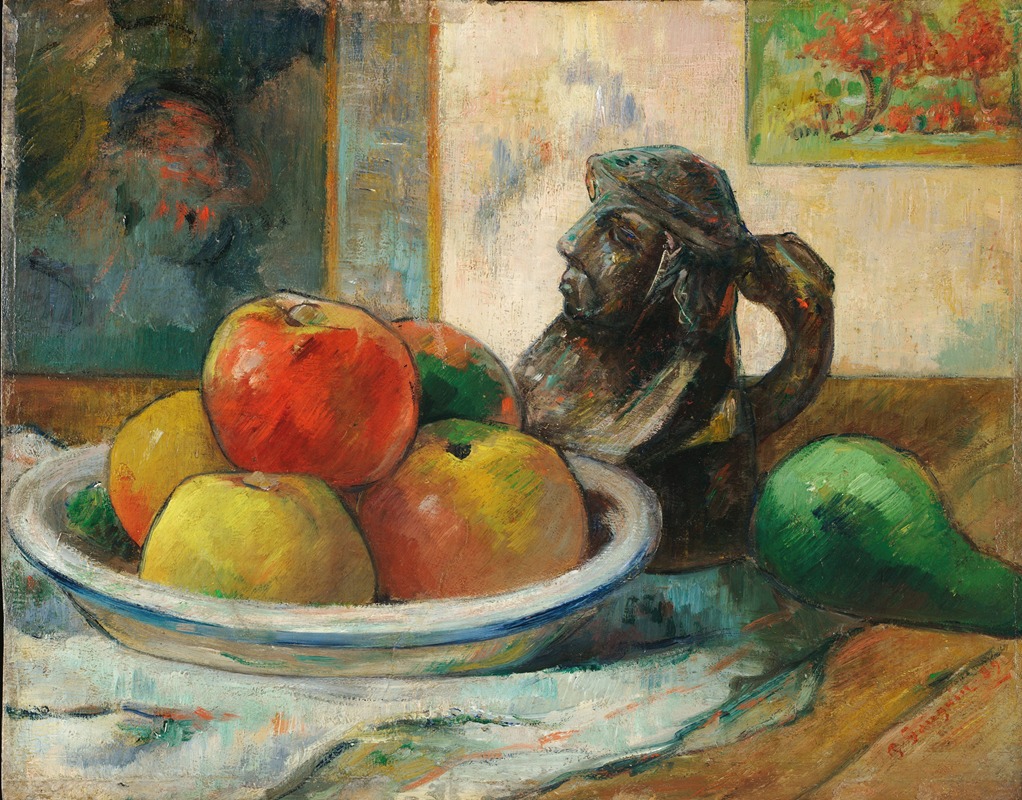
Still Life with Apples, a Pear, and a Ceramic Portrait Jug
A hand-painted replica of Paul Gauguin’s masterpiece Still Life with Apples, a Pear, and a Ceramic Portrait Jug, meticulously crafted by professional artists to capture the true essence of the original. Each piece is created with museum-quality canvas and rare mineral pigments, carefully painted by experienced artists with delicate brushstrokes and rich, layered colors to perfectly recreate the texture of the original artwork. Unlike machine-printed reproductions, this hand-painted version brings the painting to life, infused with the artist’s emotions and skill in every stroke. Whether for personal collection or home decoration, it instantly elevates the artistic atmosphere of any space.
Paul Gauguin's Still Life with Apples, a Pear, and a Ceramic Portrait Jug is a still life painting created in 1889. This work exemplifies Gauguin's post-Impressionist style, which is characterized by bold colors, simplified forms, and an emphasis on symbolic meaning. The painting features a carefully arranged composition of fruit, including apples and a pear, alongside a ceramic jug with a portrait design. The jug, a notable element in the painting, reflects Gauguin's interest in decorative arts and his exploration of different artistic mediums.
The painting was created during a pivotal period in Gauguin's career, shortly after his stay in Pont-Aven, Brittany, where he developed his distinctive style. This period was marked by his departure from the naturalistic approach of Impressionism and his embrace of a more subjective and symbolic use of color and form. Gauguin often sought to convey emotional and spiritual depth in his works, moving beyond mere representation of the physical world.
The still life genre allowed Gauguin to experiment with composition and color harmony. In Still Life with Apples, a Pear, and a Ceramic Portrait Jug, the arrangement of objects is deliberate, with the fruit and jug placed on a flat surface against a neutral background. The ceramic jug, likely influenced by Gauguin's interest in folk art and traditional crafts, adds a unique and personal touch to the composition. The interplay of textures and shapes in the painting demonstrates Gauguin's skill in creating visual balance and interest.
This painting is part of Gauguin's broader body of work that reflects his search for artistic innovation and his desire to break away from conventional European artistic traditions. While the exact location of this painting today is not specified in available records, it remains an important example of Gauguin's contributions to the post-Impressionist movement and his influence on modern art.
No further detailed information about the painting's provenance or its current whereabouts is readily available.





